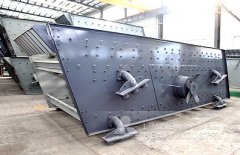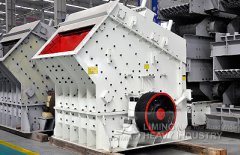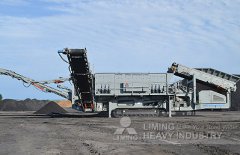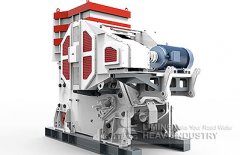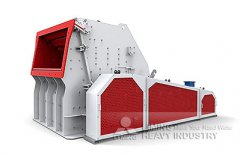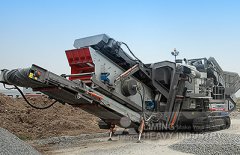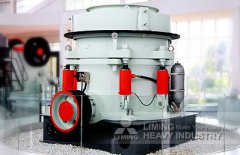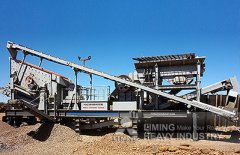why is hardness of minerals importan
2021-05-30T11:05:58+00:00
The Importance of a Hardness Test Berg Engineering Blog
Apr 06, 2015 The hardness of a material is the property that enables it to resist deformation, bending, scratching, abrasion, or cutting If you work in materials manufacturing, you probably already know that a hardness test is a crucial step in the production process for your products and the products you receive from thirdparty suppliersengineers drilling oil and natural gas wells use clays in the drilling fluids used to cool, lubricate, and flush rock chips from the well and they also encounter clay in the rock they are drilling through Different clays have different responses Why is it important to know the properties of minerals 13 rows Mineral Mineral Hardness: Hardness (H) is the resistance of a mineral to scratching It Mineral Hardness Britannica
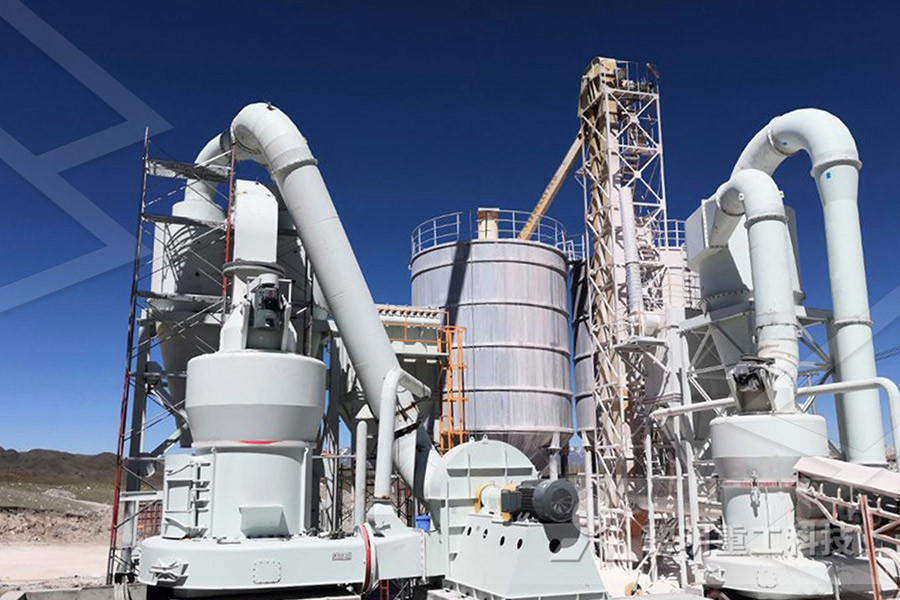
why is hardness of minerals important
Why Is Hardness Of Minerals Important Material Hardness Review Engineers Edge Hardness is the property of a material that enables it to resist plastic deformation, penetration, indentation, and scratching Therefore, hardness is important from an engineering standpointbecause resistance to wear by either friction or erosion by steam, oil Why Is Hardness Of Minerals Important Material Hardness Review Engineers Edge Hardness is the property of a material that enables it to resist plastic Why Is Hardness Of Minerals ImportantThe Mohs scale of mineral hardness is a qualitative ordinal scale characterizing scratch resistance of various minerals through the ability of harder material to scratch softer material Created in 1812 by German geologist and mineralogist Friedrich Mohs, it is one of several definitions of hardness in materials science, some of which are more quantitative The method of comparing hardness by observing which minerals can scratch others is of great antiquity, having been mentioned by Theophrastusin his treatise Mohs scale of mineral hardness Wikipedia

Hardness of Water USGS
Oct 22, 2019 Water systems using groundwater as a source are concerned with water hardness, since as water moves through soil and rock it dissolves small amounts of naturallyoccurring minerals and carries them into the groundwater supplyWater is a great solvent for calcium and magnesium, so if the minerals are present in the soil around a watersupply well, hard water may be delivered to homesThe Mohs Scale of Hardness for Metals: Why It Is Important People often hear about the Mohs scale of hardness when it is used to compare gemstones, but this system is also used to rank metals Let’s see how the scale of metal hardness can be useful to you and how the metals used in jewelry compare on itThe Mohs Scale of Hardness for Metals: Why It Is ImportantThe Mohs hardness scale is based 10 reference minerals, from talc the softest (Mohs hardness of 1), to diamond the hardest (Mohs hardness of 10) It is a relative, or nonlinear, scale A hardness of 25 simply means that the mineral is harder than gypsum (Mohs hardness of 2) and softer than calcite (Mohs hardness of 3)Identifying Minerals Geology Lumen Learning

why is hardness of minerals important
Why Is Hardness Of Minerals Important Material Hardness Review Engineers Edge Hardness is the property of a material that enables it to resist plastic deformation, penetration, indentation, and scratching Therefore, hardness is important from an engineering standpointbecause resistance to wear by either friction or erosion by steam, oil Hardness plays a major role in identifying a mineral It can make the identification process much simpler by considerably narrowing a search Hardness is defined by how well a substance will resist scratching by another substanceHardness: Mineral Properties The Mineral and Gemstone The Mohs scale of mineral hardness (/ m oʊ z /) is a qualitative ordinal scale characterizing scratch resistance of various minerals through the ability of harder material to scratch softer material Created in 1812 by German geologist and mineralogist Friedrich Mohs, it is one of several definitions of hardness in materials science, some of which are more quantitativeMohs scale of mineral hardness Wikipedia
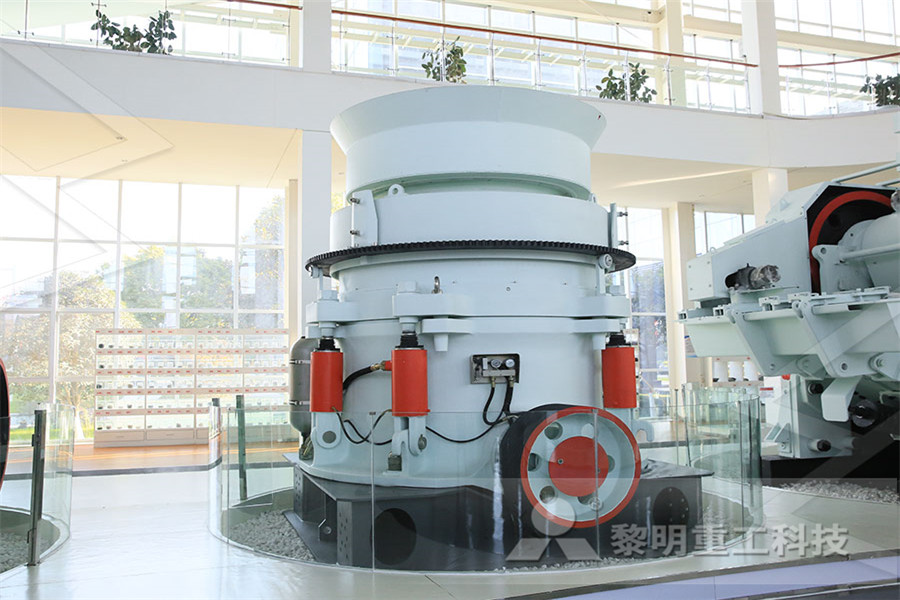
Geology rocks and minerals
Rather, it is a method of gauging the relative hardness of a mineral If a mineral cannot be scratched by a knife blade but can be scratched by quartz then its hardness is between 5 and 7 (stated as 57) on Mohs scale A relative hardness value of 65 means that the mineral Moh's scale is a scale of relative hardness of material and minerals The scale goes from 1 to 10, 1 being the easiest to scratch and 10 being the hardest ( Talc1; Diamond10)Why is Moh's Scale is important to scientists AnswersThe Mohs Scale of Hardness for Metals: Why It Is Important People often hear about the Mohs scale of hardness when it is used to compare gemstones, but this system is also used to rank metals Let’s see how the scale of metal hardness can be useful to you The Mohs Scale of Hardness for Metals: Why It Is Important
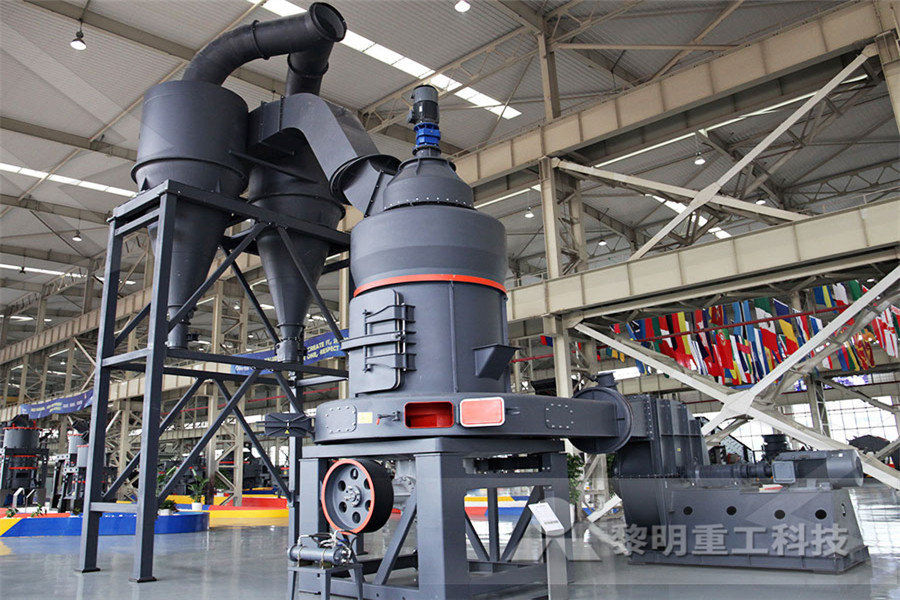
Reading: Physical Characteristics of Minerals Geology
The Mohs hardness scale is based 10 reference minerals, from talc the softest (Mohs hardness of 1), to diamond the hardest (Mohs hardness of 10) It is a relative, or nonlinear, scale A hardness of 25 simply means that the mineral is harder than gypsum (Mohs hardness of 2) and softer than calcite (Mohs hardness of 3)A rough measure of mineral hardness can be made by assembling a kit of handy objects (table 6) A fingernail has a hardness ranging from 2 to 25, a penny is a little harder than 3, window glass ranges from 55 to approximately 6 in hardness, and a knife blade is generally in the range of 5 to 65 Hardness:Using Characteristics of Minerals to Identify ThemMohs's scale of hardness (H), which ranks minerals by their hardness and thus makes possible a diagnostic test in which one mineral is used to scratch another, was introduced in 1822 and is still the standard used today Useful tools for determining hardness are the finger nail (H about 25) and a penknife (H about 55)Hardness Encyclopedia
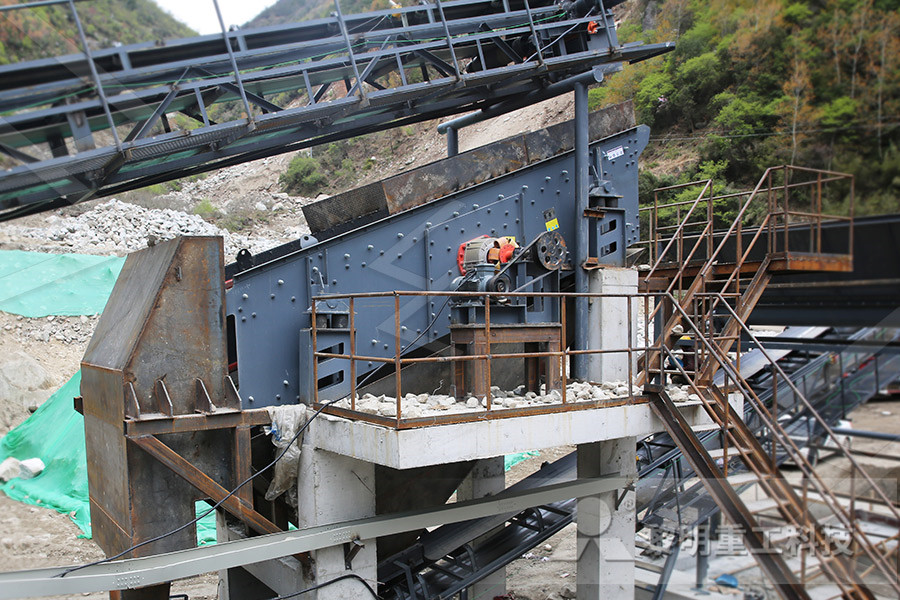
Gold Mineral Properties Geology
Native gold is an element and a mineral It is highly prized by people because of its attractive color, its rarity, resistance to tarnish, and its many special properties some of which are unique to gold No other element has more uses than gold All of these factors help support a price of gold that is higher than all but a few other metalsMohs Hardness Scale is a set of reference minerals used for classroom hardness testing Determining the hardness of a mineral is one of the most important tests used in mineral identification The best way to learn about minerals is to study with a collection of small specimens that you can handle, examine, and observe their properties What are Minerals? What are Mineral Properties?Jul 12, 2011 In this hardness scale, the softer minerals are assigned a low number and the harder minerals a higher number In the field, an easy way of estimating the hardness of a mineral is by trying to scratch it with common objects such as a fingernail with a hardness of 25, a penny is the hardness of a 3, or a pocketknife, hardness 55Why is it important for me to know the Gemstone Moh’s
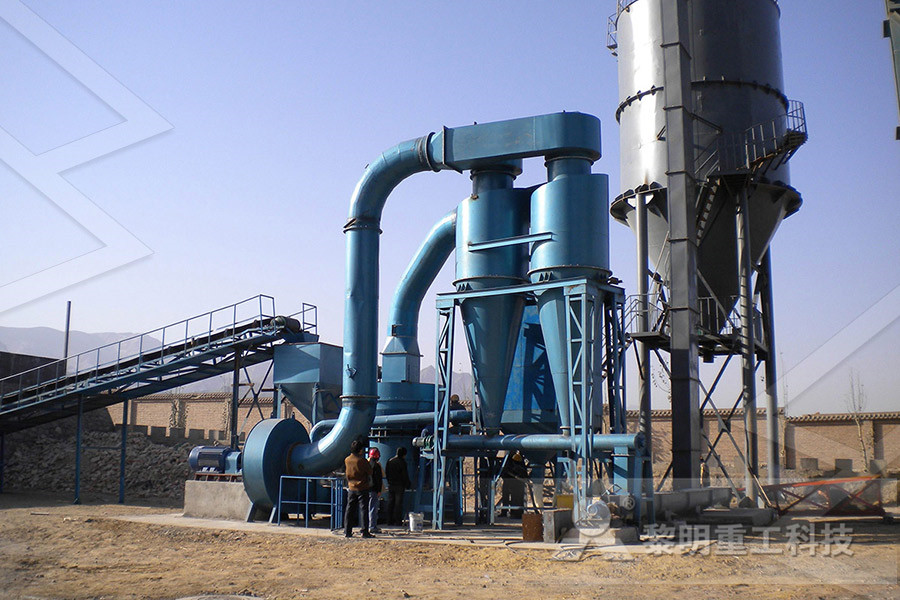
Streak (mineralogy) Wikipedia
The streak of a mineral is the color of the powder produced when it is dragged across an unweathered surface Unlike the apparent color of a mineral, which for most minerals can vary considerably, the trail of finely ground powder generally has a more consistent characteristic color, and is thus an important diagnostic tool in mineral identificationHardness Hardness is one of the better properties of minerals to use for identifying a mineral Hardness is a measure of the mineral’s resistance to scratching The Mohs scale is a set of 10 minerals whose hardness is known The softest mineral, talc, has a Mohs scale rating of one Diamond is the hardest mineral and has a rating of tenProperties of Minerals Rocks And Minerals 4 UMohs Hardness Scale is a set of reference minerals used for classroom hardness testing Determining the hardness of a mineral is one of the most important tests used in mineral identification The best way to learn about minerals is to study with a collection of small specimens that you can handle, examine, and observe their properties What are Minerals? What are Mineral Properties?

Reading: Physical Characteristics of Minerals Geology
The Mohs hardness scale is based 10 reference minerals, from talc the softest (Mohs hardness of 1), to diamond the hardest (Mohs hardness of 10) It is a relative, or nonlinear, scale A hardness of 25 simply means that the mineral is harder than gypsum (Mohs hardness of 2) and softer than calcite (Mohs hardness of 3)Jul 12, 2011 In this hardness scale, the softer minerals are assigned a low number and the harder minerals a higher number In the field, an easy way of estimating the hardness of a mineral is by trying to scratch it with common objects such as a fingernail with a hardness of 25, a penny is the hardness of a 3, or a pocketknife, hardness 55Why is it important for me to know the Gemstone Moh’s The streak of a mineral is the color of the powder produced when it is dragged across an unweathered surface Unlike the apparent color of a mineral, which for most minerals can vary considerably, the trail of finely ground powder generally has a more consistent characteristic color, and is thus an important diagnostic tool in mineral identificationStreak (mineralogy) Wikipedia
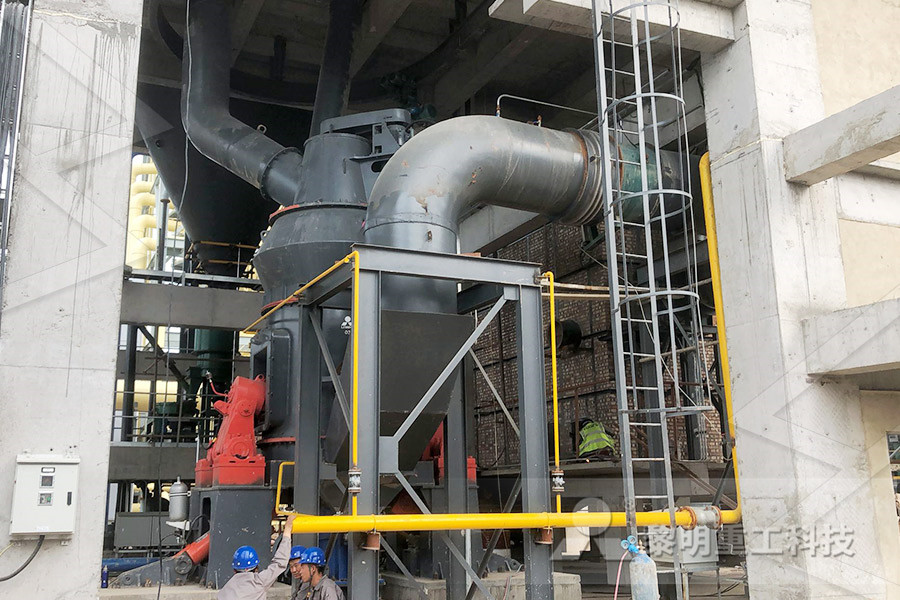
Mineral Identification Key Hardness
Since the "scratch test" is very important to the identification of minerals every effort should be made to get a positive result – be sure that the correct hardness is determined With some samples, it may take several tries before one can safely conclude the sample’s hardnessIdentifying minerals by physical properties The most common minerals in Earth's crust can often be identified in the field using basic physical properties such as color, shape, and hardness The context of a mineral is important, too – some minerals can form under the same conditions, so you are likely to find them in the same rock, while others form under very different conditions and will Properties of Minerals Earth Science VisionlearningA great example of the importance of crystal structure is the difference between two minerals; graphite and diamond Graphite is the soft, dark colored material that is found in pencil lead, while diamonds are very hard, often transparent and colorless, and very expensive gemstonesWhy Is Crystal Structure Important? Arizona State University
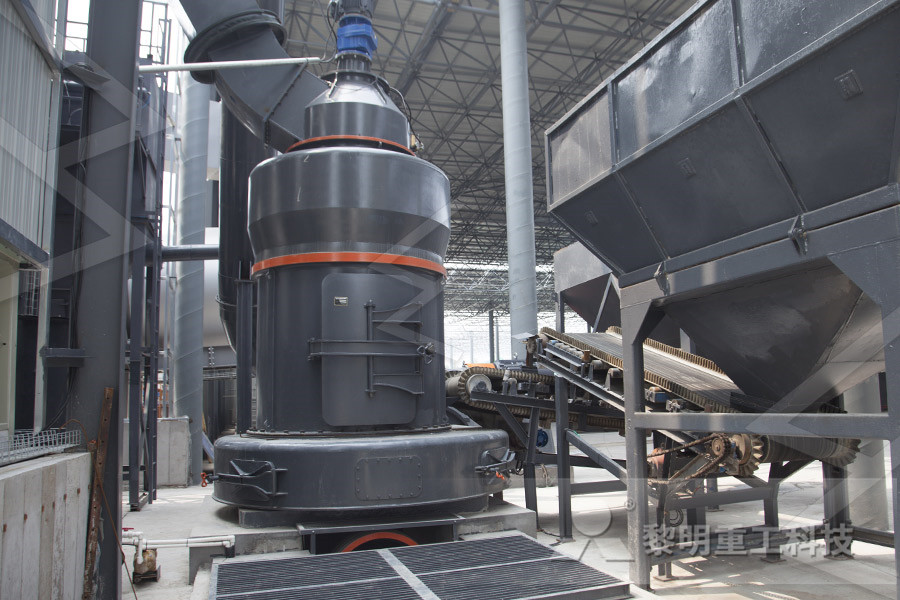
Properties of Minerals Rocks And Minerals 4 U
Hardness Hardness is one of the better properties of minerals to use for identifying a mineral Hardness is a measure of the mineral’s resistance to scratching The Mohs scale is a set of 10 minerals whose hardness is known The softest mineral, talc, has a Mohs scale rating of one Diamond is the hardest mineral and has a rating of tenSep 18, 2019 Absolute hardness: 72 Orthoclase Feldspar is an important mineral that forms igneous rocks Orthoclase is a common constituent of most granites and other igneous rocks It is mostly used in the manufacturing process of glasses and some ceramics such as porcelain It is also a constituent of scouring powder Mohs hardness: 710+ Hardest Mineral in the World On Mohs Scale RankRedApr 26, 2013 Many times you have heard that a diamond is the hardest natural substance found on the earth and it shows hardness of 10 on Mohs Scale But did you know about Mohs scale what is it and how is it used to testify hardness of gemstones Why Mohs Hardness Scale Mohs Hardness test is one of the most important tests for identifying hardness of mineralsWhat Is Mohs Hardness Scale Why It Is Useful? Johareez
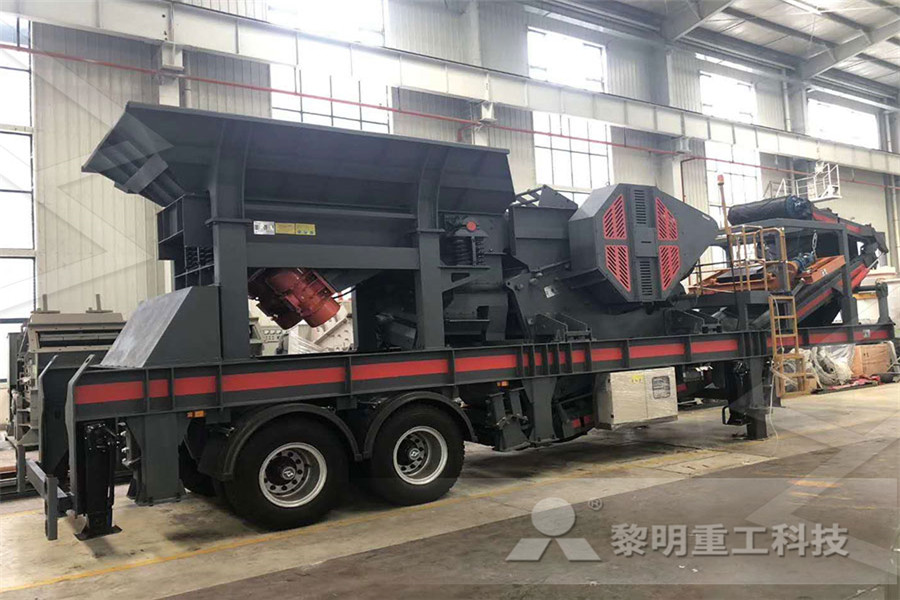
How to test the hardness of rocks at home? Hardness
Oct 15, 2019 The common method used to test the hardness of minerals was developed by a German mineralogist named “Friedrich Mohs” in 1822 A hardness scale was developed by him to identify the properties of minerals The hardness scale is called “Moh’s scale” and consists of numerical mineral values of hardness ranging from 110A lot of people don't realize it but Magnesium is the most important mineral in your body It's directly involved in over 300 metabolic processes Every single cell in the body needs magnesium to function properly This mineral is essential for the health of our heart, muscles, joints and teethThe MOST Important Mineral In Your Body DanetteMayThe hardness of water varies widely throughout the United States, but for the most part, the states of the southwest and upper Midwest have hard water In the southwest, low rainfall, hot weather, and high mineral content in the soil contribute to water hardnessHardness of Water Tap Into Quality

Mineralogy Minerals and history, Branches of mineralogy
The hardness is then measured on a scale of 110, called Mohs' hardness scale, named after the Austrian scientist F Mohs, who developed this procedure If a fingernail can scratch a particular mineral, it would have a hardness of 25 If a penny can scratch it, its hardness is around 3 If a mineral can be scratched by glass, itsOct 15, 2019 The common method used to test the hardness of minerals was developed by a German mineralogist named “Friedrich Mohs” in 1822 A hardness scale was developed by him to identify the properties of minerals The hardness scale is called “Moh’s scale” and consists of numerical mineral values of hardness ranging from 110How to test the hardness of rocks at home? Hardness The hardness is then measured on a scale of 110, called Mohs' hardness scale, named after the Austrian scientist F Mohs, who developed this procedure If a fingernail can scratch a particular mineral, it would have a hardness of 25 If a penny can scratch it, its hardness is around 3 If a mineral can be scratched by glass, itsMineralogy Minerals and history, Branches of mineralogy

The MOST Important Mineral In Your Body DanetteMay
A lot of people don't realize it but Magnesium is the most important mineral in your body It's directly involved in over 300 metabolic processes Every single cell in the body needs magnesium to function properly This mineral is essential for the health of our heart, muscles, joints and teethThe hardness of water varies widely throughout the United States, but for the most part, the states of the southwest and upper Midwest have hard water In the southwest, low rainfall, hot weather, and high mineral content in the soil contribute to water hardnessHardness of Water Tap Into QualityDiamond has many unequaled qualities and is very unique among minerals It is the hardest known substance, it is the greatest conductor of heat, it has the highest melting point of any substance (7362° F or 4090° C), and it has the highest refractive index of any natural mineral Diamond is number 10 on the Mohs scale, and is approximately 4 times harder than Corundum, which is number 9 on Diamond: The mineral Diamond information and pictures
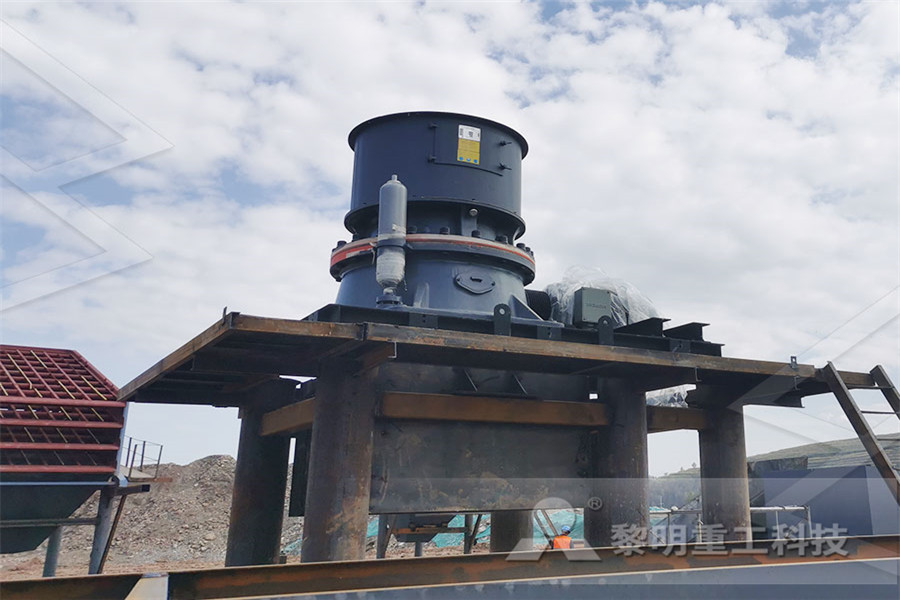
Alkalinity and Hardness
Water moves through rocks (and picks up minerals as it does so) on its way to rivers and lakes When limestone and dolomite dissolve in water, one half of the molecule is calcium or magnesium (the "hardness") and the other half is the carbonate (the "alkalinity")Over 90% of the Earth's crust is made up of silicates The rest of the minerals are lumped into a group called nonsilicates Some important nonsilicate minerals include: Carbonates Carbonates contain carbonate (CO 3) combined with some other element Calcite is a mineral Earth Science for Kids: Minerals DuckstersMinerals are formed naturally by geological processes A mineral is a homogeneous solid that can be made of single native element or more usually a compound Minerals make up Earth's rocks and sands, and are an important component of soils 5 characteristics required of all minerals Be naturallyoccurring (manmade substances such as steel are Minerals Geology (US National Park Service)
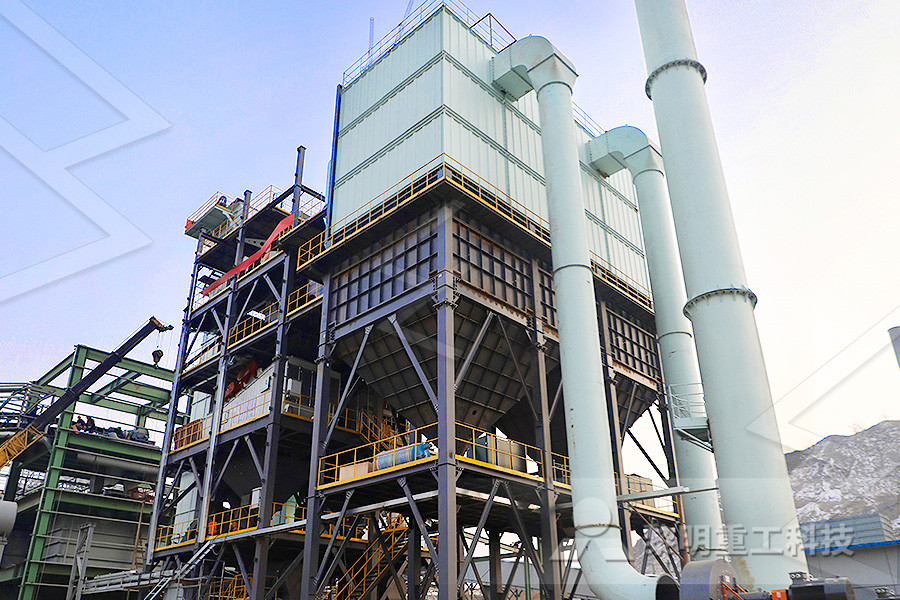
Clay mineral Chemical and physical properties Britannica
Clay mineral Clay mineral Chemical and physical properties: Depending on deficiency in the positive or negative charge balance (locally or overall) of mineral structures, clay minerals are able to adsorb certain cations and anions and retain them around the outside of the structural unit in an exchangeable state, generally without affecting the basic silicate structureThe Mohs hardness scale shows the relative hardness of a mineral, not its actual hardness Explain You can't show somethings actual hardness, so you base it off of other things such as how it deals with glass, scratch plates, etcScience Test 9 Flashcards QuizletFeb 20, 2016 Its one of many diagnostic tests in mineral identification and particularly good for identifying metallic minerals which tend to have a shiny metallic luster The luster of a mineral is the way that it reflects light This may seem like a difficult distinction to make, but picture the difference between the way light reflects off a glass window and the way it reflects off of a shiny chrome car Why is luster important for mineral identification? Socratic
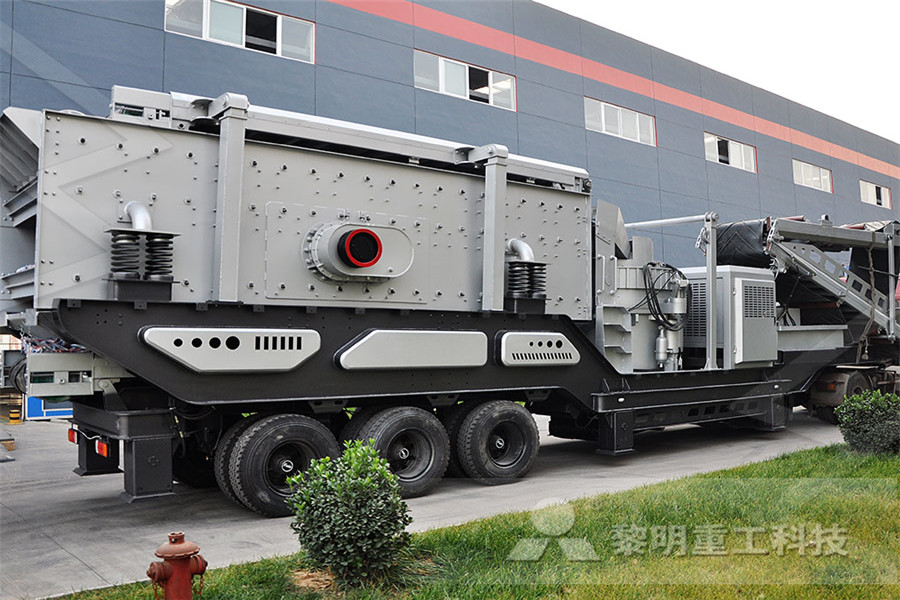
BASIN: General Information on Hardness
Hardness is measure of polyvalent cations (ions with a charge greater than +1) in water Hardness generally represents the concentration of calcium (Ca 2+) and magnesium (Mg 2+) ions, because these are the most common polyvalent cationsOther ions, such as iron (Fe 2+) and manganese (Mn 2+), may also contribute to the hardness of water, but are generally present in much lower concentrationsThe Mohs scale of mineral hardness is a qualitative ordinal scale that characterizes the scratch resistance of different minerals through the ability of a harder material to scratch a softer material It was created by the German geologist and mineralogist Friedrich Mohs in 1812 and is one of several material science definitions of hardness Mohs Hardness Scale Geology PageMohs' scale of mineral hardness is named after Friedrich Mohs, a mineralogistMohs scale is ordered by hardness, determined by which minerals can scratch other minerals Rocks are made up of one or more minerals According to the scale, Talc is the softest: it can be scratched by all other materials Gypsum is harder: it can scratch talc but not calcite, which is even harderMohs scale of mineral hardness Simple English Wikipedia



